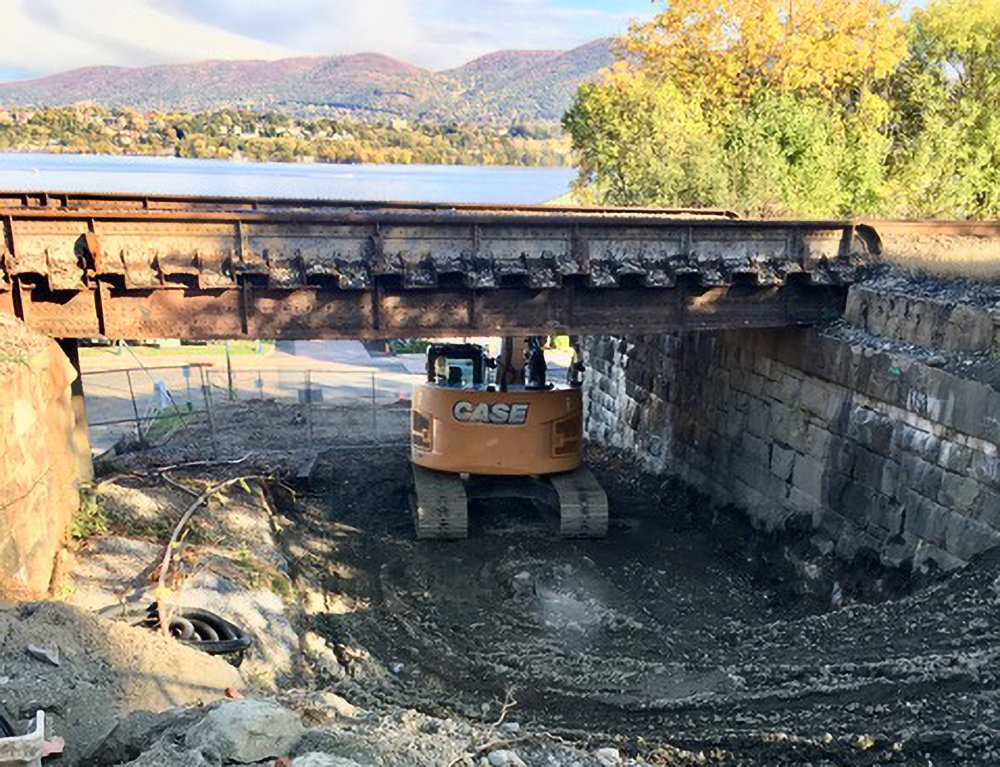

Through neighborhood community meetings with block captains and residents, the NAS committee creates initiatives and works in conjunction with residents to address pressing neighborhood concerns and issues. They work closely with the NAC Coordinator and play a vital role in the direction and implementation of GPASS-NAC activities in the community. NAS, is a group of neighborhood volunteers who are residents of our NAC Service Area and represent the overall interests of the community. The NAC Coordinator can direct a resident to the relevant GPASS department(s) for appropriate assistance with these and many other matters.ĪT GPASS-NAC, we conduct community activities and initiatives based on the input from our volunteer Neighborhood Advisory Sub-Committee (NAS) members. GPASS provides many services, such as assistance with real estate tax, mortgages, and home foreclosures, rental assistance, rent and property tax rebate, basic home system repairs, weatherization and energy assistance, eviction prevention, and identify vacant properties and vacant lots, for example. Our Coordinator meets with residents to assess their personal situation and inform them about city services available to address their specific needs, often referring them to the appropriate service providers. Read more about primary care IT in Scotland in the latest Insight.We welcome those in need of services to visit the office and speak to our NAC Coordinator. This group is GP-led and manages requests for product development and liaises with suppliers. While contracts are held locally, the relationship with suppliers is managed collaboratively via the GP IT systems and contract management group Money that was previously centrally held for GPASS was transferred to individual boards in 2010 and covers the cost of the new systems, he explained.įunding for the systems is recurrent and there is no suggestion that will change. “There were no clinical events at all, it went as well as anyone could have expected, in fact I would say it went better than any project I have been involved in,” Wright said. The health board drew up a timetable for the transition period and GPs chose when they wanted to move. “The change-over was not without issue and a lot of hard work but nothing that threw the original objectives, scope or timeline,” Robertson said.ĭirector of e-Health in Lanarkshire Robin Wright told eHealth Insider 20% of GPs from the area were involved in the decision to go with INPS’ Vision system. NHS Scotland national information systems group director Andy Robertson said the migration process was completed by the end of February this year and the GPASS service closed down at the end of March.īetween October and December 2011, an average of 12 practices were transitioning per week, with a peak of around 15 a week.

Fife chose to purchase both systems, with 43 practices taking EMIS and 18 INPS. Highland, Lanarkshire, Grampian, Orkney, Lothian and Tayside chose INPS.
#GPASS 5TH STREET SERIES#
Scottish health boards decided in 2008 to discontinue support for GPASS after a series of problems and critical reports, and to purchase a commercial product.īoth EMIS and INPS were selected to be on the framework agreement for a replacement system and each board held a mini-competition to decide which to deploy.Īyrshire and Arran, Borders, Glasgow and Clyde, Forth Valley, Western Isles, Dumfries and Galloway and Shetland health boards chose EMIS. All Scottish GP practices have migrated to either EMIS or INPS clinical systems and the country’s General Practice Administration System has been formally shut down.


 0 kommentar(er)
0 kommentar(er)
